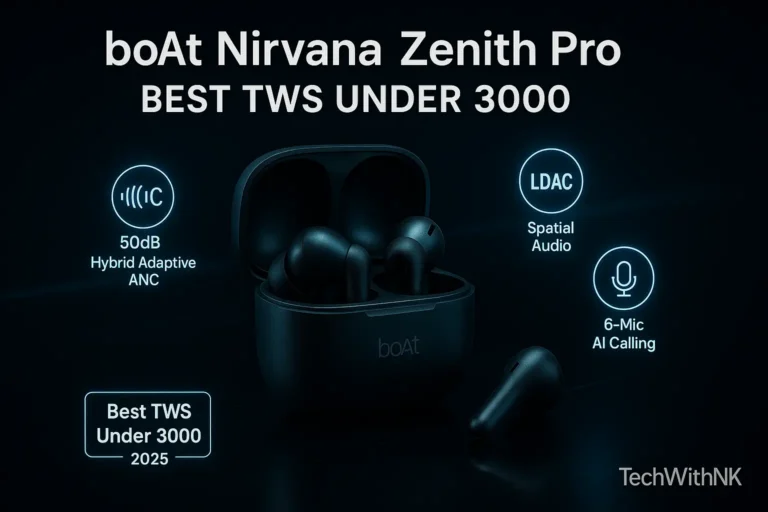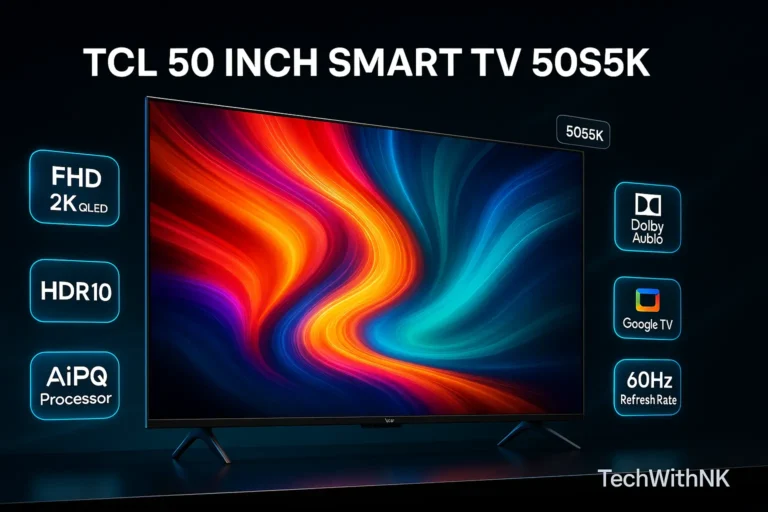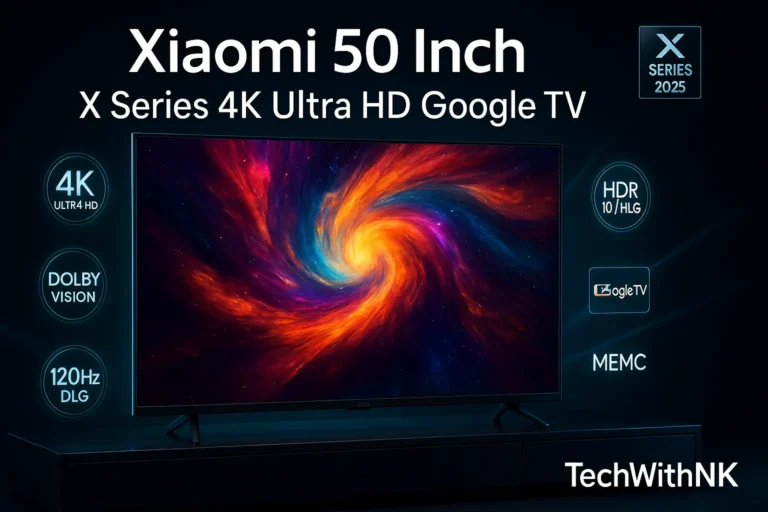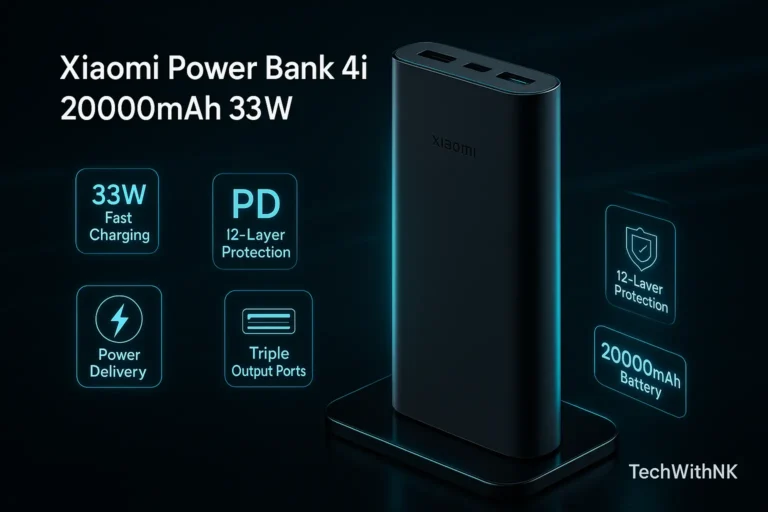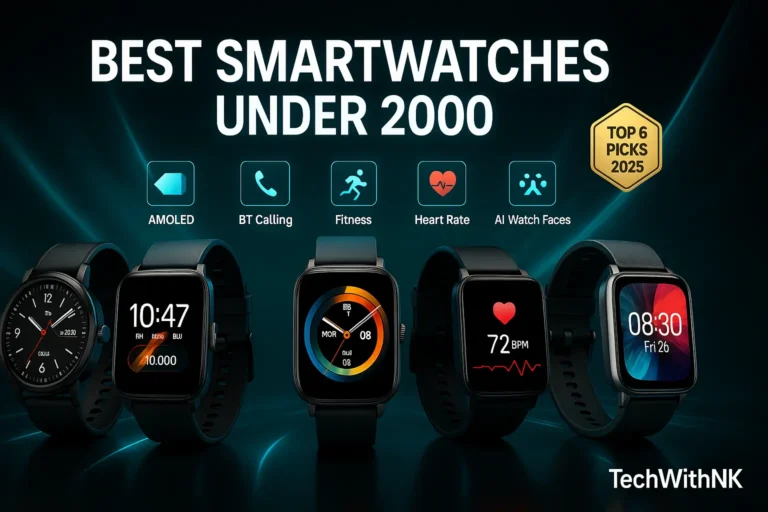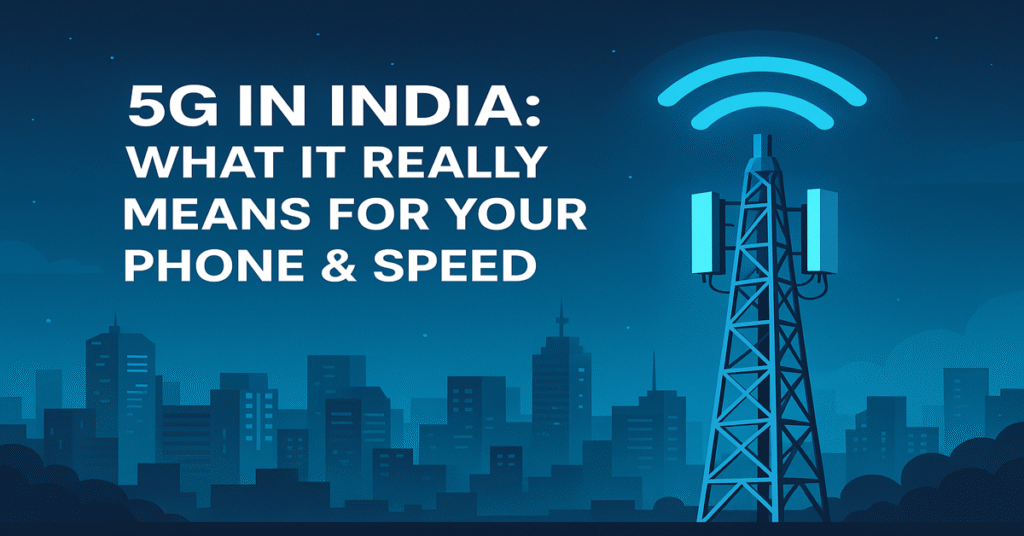Table of Contents
ToggleVIKRAM-32 Microprocessor: India’s Indigenous Chip
India’s technological ambitions have always been tied to self-reliance. In space, defense, and digital infrastructure, indigenous technology is not just a matter of pride but also of strategic security. One of the most critical components of this self-reliance is the microprocessor – the tiny brain inside every computing system.
For decades, India has depended on global giants like Intel, ARM, and AMD for processors. But this dependence brings vulnerabilities: export restrictions, supply chain disruptions, or hidden backdoors in foreign hardware. Recognizing this, ISRO (Indian Space Research Organisation) developed its own family of processors – the VIKRAM series, named after Dr. Vikram Sarabhai, the father of India’s space program.
Among these, the VIKRAM-32 stands out as a 32-bit indigenous microprocessor designed for onboard computers in satellites, navigation systems, and defense electronics. It marks a giant leap toward India’s semiconductor independence.
This blog takes a deep dive into the VIKRAM-32 microprocessor, exploring its architecture, features, applications, advantages, comparisons, challenges, and the future of indigenous processors in India.
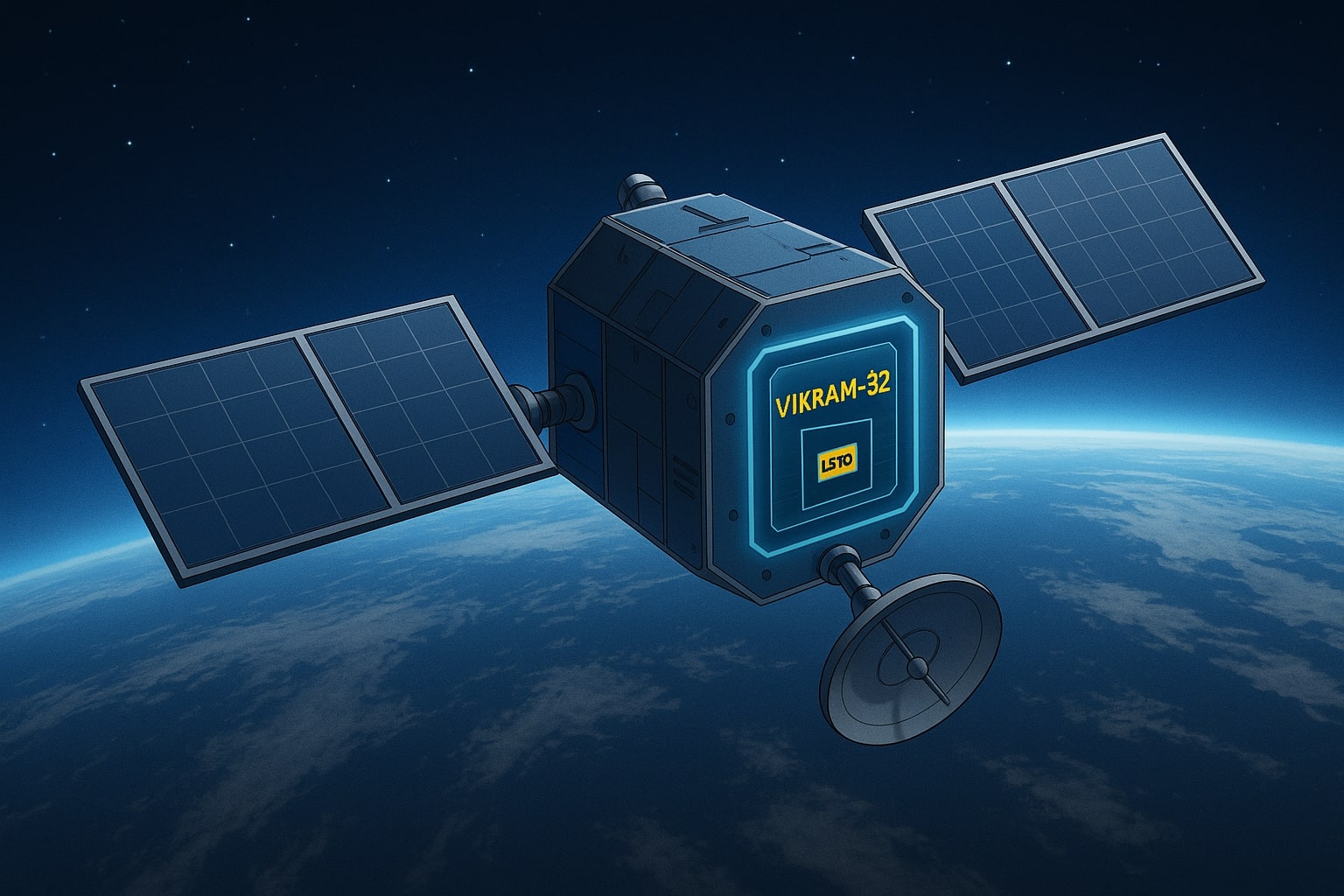
2. Background: India’s Journey in Microprocessor Development
India’s microprocessor journey has been slow but steady. Let’s look at the timeline:
1980s – Early Attempts
India experimented with microprocessor designs in academic and government labs. But limited infrastructure and funding restricted progress.
2000s – Growing Dependence
Most Indian satellites, missiles, and defense systems relied on imported processors (mainly ARM and PowerPC).
2017 – SHAKTI Project
IIT Madras launched the SHAKTI microprocessor project, based on RISC-V architecture, to create open-source, indigenous processors.
2019 – VIKRAM Processors by ISRO
ISRO’s Semiconductor Laboratory (SCL) in Chandigarh introduced VIKRAM-32, specifically designed for space applications where reliability, radiation resistance, and security are paramount.
Thus, VIKRAM-32 is not just a chip – it is a milestone in India’s quest for Atmanirbhar Bharat (self-reliant India) in electronics.
3. What is VIKRAM-32 Microprocessor?
The VIKRAM-32 is a 32-bit RISC (Reduced Instruction Set Computing) microprocessor developed by ISRO. It is designed to meet the requirements of onboard satellite computers, where power efficiency, reliability, and resistance to extreme conditions matter more than raw performance.
Key Highlights:
Architecture: 32-bit RISC
Instruction Set: Custom instruction set optimized for space computing
Clock Speed: Designed for energy efficiency, typically in 100–200 MHz range (not GHz like consumer chips)
Radiation Hardened: Built to resist cosmic radiation in space
Low Power Consumption: Critical for long satellite missions
Applications: Satellite control, payload processing, navigation, defense electronics
4. Architecture of VIKRAM-32
The architecture of VIKRAM-32 is tailored for mission-critical applications. Let’s break it down:
4.1 Processor Core
32-bit RISC core
Executes instructions faster with fewer cycles
Optimized for deterministic real-time performance
4.2 Registers
General Purpose Registers (GPRs): 32 registers for computation
Special Purpose Registers: For control, program counter, and status
4.3 Pipeline
5-stage pipeline (Fetch, Decode, Execute, Memory, Write-back)
Avoids complexity to reduce power usage
4.4 Memory System
Supports SRAM and DRAM with ECC (Error Correction Code)
Cache hierarchy designed for reliability, not raw performance
4.5 Bus Architecture
Uses AMBA-like bus system for connecting peripherals
Onboard I/O controllers: UART, SPI, I2C for satellite sensors and systems
4.6 Instruction Set
Simple, optimized instruction set
Custom ISRO extensions for space operations
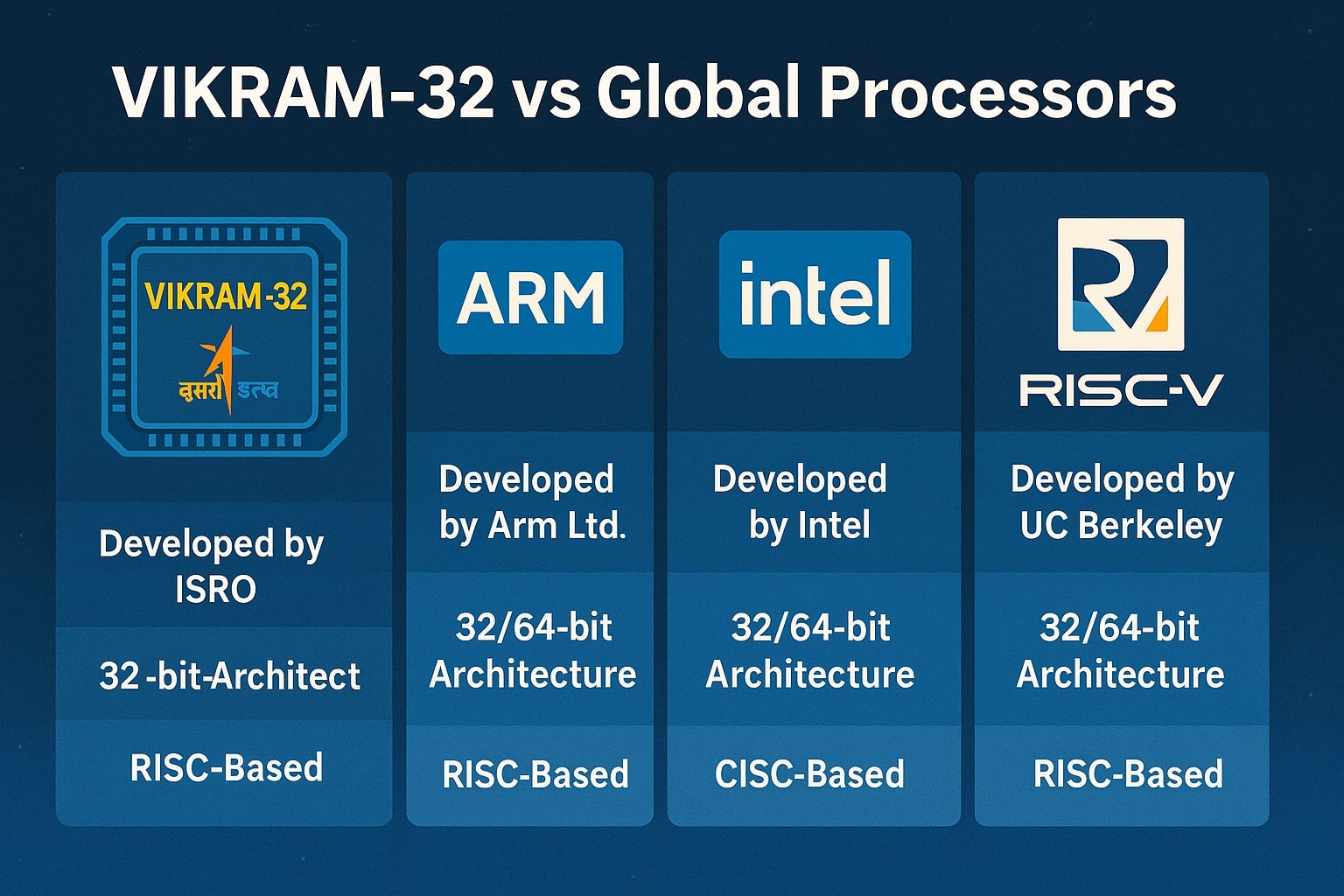
5. Comparison: VIKRAM-32 vs Global Counterparts
Feature VIKRAM-32 (India) ARM Cortex-M (UK) Intel Atom (USA) RISC-V (Global)
Architecture 32-bit RISC 32-bit / 64-bit 32-bit / 64-bit 32/64-bit RISC
Target Use Space, defense IoT, mobile Low-power PCs Research, IoT
Clock Speed 100–200 MHz 200–600 MHz 1–2 GHz 100 MHz–2 GHz
Radiation Hardened Yes No No Optional
Indigenous in India? Yes No No Partially
👉 Unlike Intel or ARM chips, VIKRAM-32 is not about high performance. It is about reliability, sovereignty, and security in hostile environments.
6. Applications of VIKRAM-32
6.1 Space Missions
Satellite Onboard Computers (OBCs): Controls satellite navigation, communication, and payload.
Chandrayaan Missions: Used in support subsystems.
Gaganyaan (Human Spaceflight): For control systems.
6.2 Defense
Missile Guidance Systems
Radar Systems
Secure Communications
6.3 Civilian Applications
Navigation systems (IRNSS / NavIC)
Critical infrastructure control (power plants, telecom switching)
7. Why VIKRAM-32 is Important for India
1. Self-Reliance in Strategic Tech – Reduces dependence on foreign chips.
2. Security – No backdoors or hidden vulnerabilities.
3. Radiation Hardening – Crucial for satellites and space.
4. Cost-Efficiency – Saves foreign exchange.
5. Foundation for Future – Leads to VIKRAM-64, SHAKTI, and Indian supercomputers.
8. Challenges in Indigenous Microprocessor Development
Fabrication Limitations: India lacks cutting-edge fabs (most are 180nm, while global fabs are 3nm–5nm).
Funding Issues: High R&D cost.
Ecosystem Gap: Lack of foundries, IP libraries, and testing facilities.
Global Competition: ARM and Intel dominate.
9. Future of Indian Processors
VIKRAM-64 (next step): A 64-bit indigenous processor.
SHAKTI & Ajit processors: Open-source RISC-V chips from IIT Madras and CDAC.
Integration with AI & Supercomputing: Future Indian processors may target AI, 5G, and quantum computing.
10. Conclusion
The VIKRAM-32 microprocessor is not just a chip – it represents India’s determination to achieve technological sovereignty. While it may not compete with Intel or AMD in raw speed, it excels where it matters most: reliability, security, and independence.
As India expands its space missions (Chandrayaan, Gaganyaan, Aditya L1) and defense capabilities, VIKRAM-32 lays the foundation for a new era of indigenous computing.
In the coming decade, India’s processor ecosystem, powered by VIKRAM, SHAKTI, and other indigenous projects, may finally position India as a global semiconductor leader.
What is VIKRAM-32 microprocessor?
It is a 32-bit RISC-based microprocessor developed by ISRO for space and defense applications.
Why is it called VIKRAM-32?
It is named after Dr. Vikram Sarabhai, the father of India’s space program.
Who developed VIKRAM-32?
It was developed by ISRO’s Semiconductor Laboratory (SCL),ISRO’s Semiconductor Laboratory (SCL), Chandigarh.



